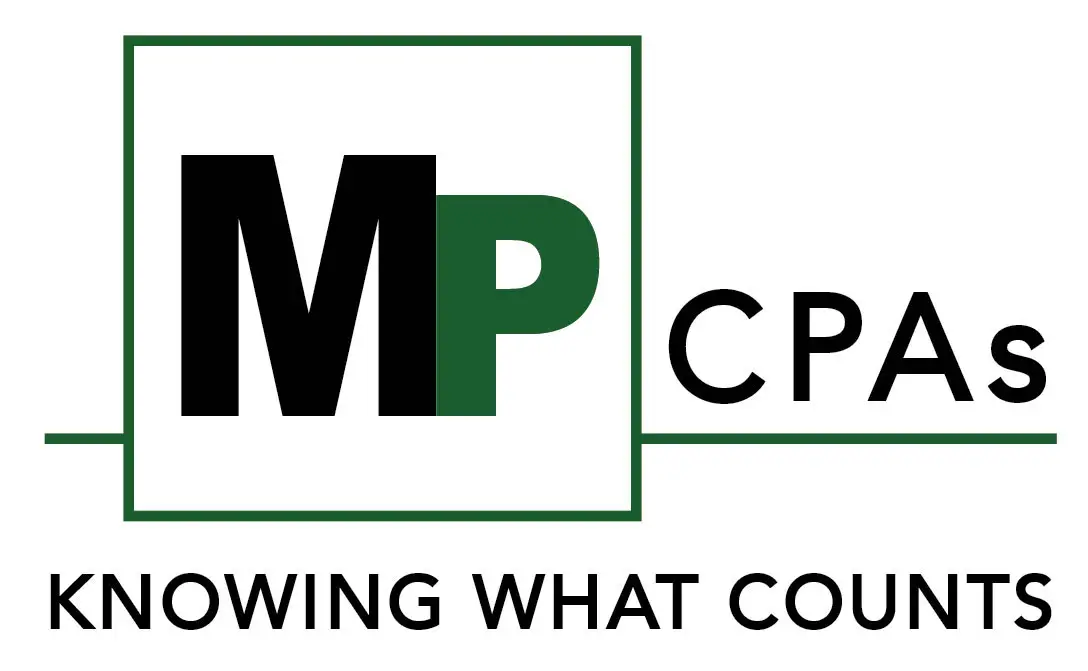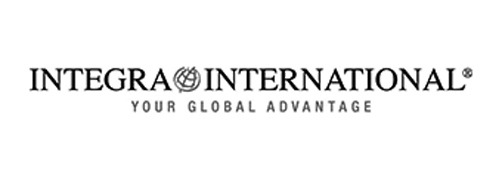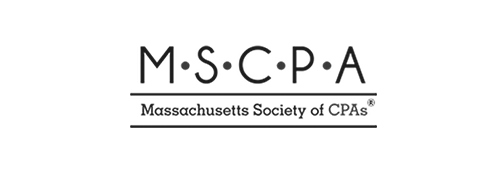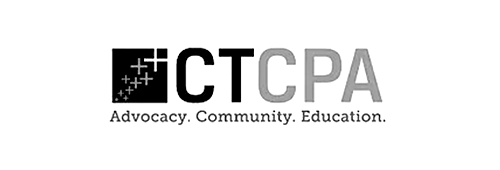Tax-Free Exit: Section 1202 Stock Exposed with Phil Giguere
Qualified Small Business Stock (QSBS) under Section 1202 represents one of the most significant tax advantages available to entrepreneurs and investors today, yet remains surprisingly underutilized. This powerful tax provision allows eligible business owners to exclude up to 100% of capital gains when selling qualified small business stock—potentially saving millions in taxes on a successful exit.
Originally introduced in 1993, Section 1202 was designed to incentivize investment in small businesses. However, it didn’t gain widespread popularity until after 2010, when Congress increased the exclusion from 50% to 100% and removed Alternative Minimum Tax (AMT) limitations. The Tax Cuts and Jobs Act of 2017 further enhanced its appeal by reducing the corporate tax rate from 35% to 21%, making C-Corporation status much more palatable for business operations.
The potential tax savings are substantial. When qualifying for QSBS treatment, shareholders can exclude the greater of $10 million in capital gains or 10 times their basis in the stock. For example, on a $10 million gain, this translates to approximately $2 million in federal capital gains tax savings alone. Additionally, the excluded gain isn’t subject to the 3.8% Net Investment Income Tax, providing further savings of $380,000 in this scenario. In states that recognize the QSBS exclusion, the combined federal and state tax savings can approach or exceed $3 million on a $10 million exit.
To qualify for this advantageous tax treatment, businesses must clear several hurdles. First, the company must be a domestic C-Corporation—partnerships, S-Corporations, and foreign entities don’t qualify. Second, the corporation’s gross assets must not exceed $50 million before and immediately after stock issuance. Third, at least 80% of the corporation’s assets must be actively used in qualified trade or business activities. Finally, certain service-based businesses are excluded, including healthcare, law, accounting, financial services, hospitality, and farming operations.
From the shareholder perspective, additional requirements apply. The QSBS must be held by individuals, trusts, estates, or partnerships (not corporate shareholders). The stock must be originally issued to the taxpayer (with some exceptions), and the five-year holding period is non-negotiable. Many entrepreneurs are now strategically starting businesses as C-Corporations or converting existing LLCs to capture these benefits, understanding that the five-year clock begins at conversion.
One particularly valuable aspect of Section 1202 is that the exclusion applies on a per-shareholder basis. This creates significant planning opportunities for family businesses. For instance, gifting shares to family members can multiply the exclusion amount, as each recipient receives their own $10 million exclusion. This makes QSBS an excellent wealth transfer and tax planning tool for business-owning families.
State tax treatment varies significantly. While many states conform to the federal treatment, important exceptions exist. California, New Jersey, and Pennsylvania don’t recognize the exclusion at all, while states like Massachusetts have recently updated their laws to fully recognize the benefit—saving taxpayers from additional state taxes including Massachusetts’ “millionaire’s tax.” These state-level considerations can significantly impact the total tax advantage and should be carefully evaluated when planning an exit strategy.
For business owners considering a future exit, assessing QSBS eligibility and potentially restructuring to qualify could represent one of the most significant tax planning opportunities available today. With potential tax savings in the millions, Section 1202 deserves serious consideration from entrepreneurs and their advisors as part of a comprehensive wealth management and exit planning strategy.





